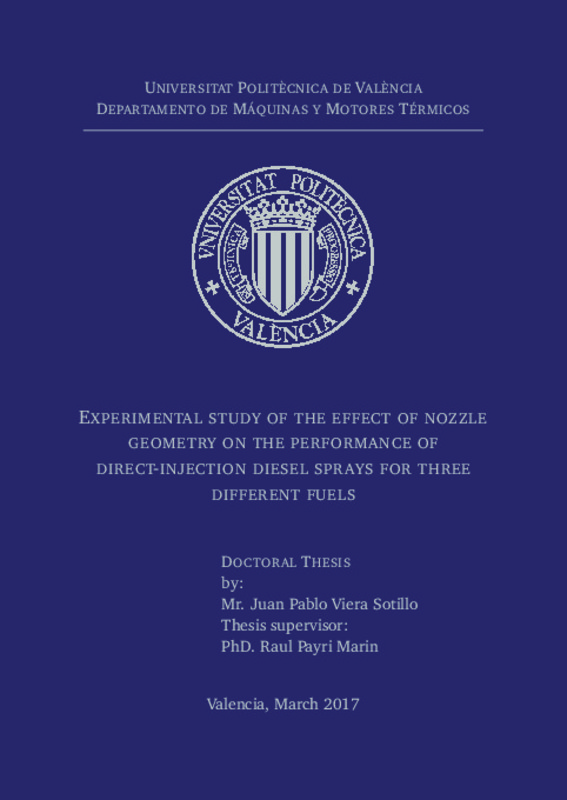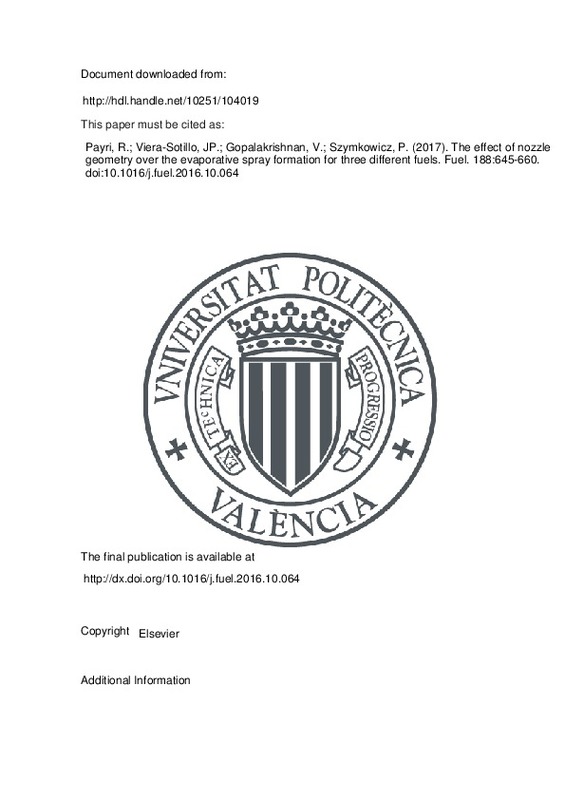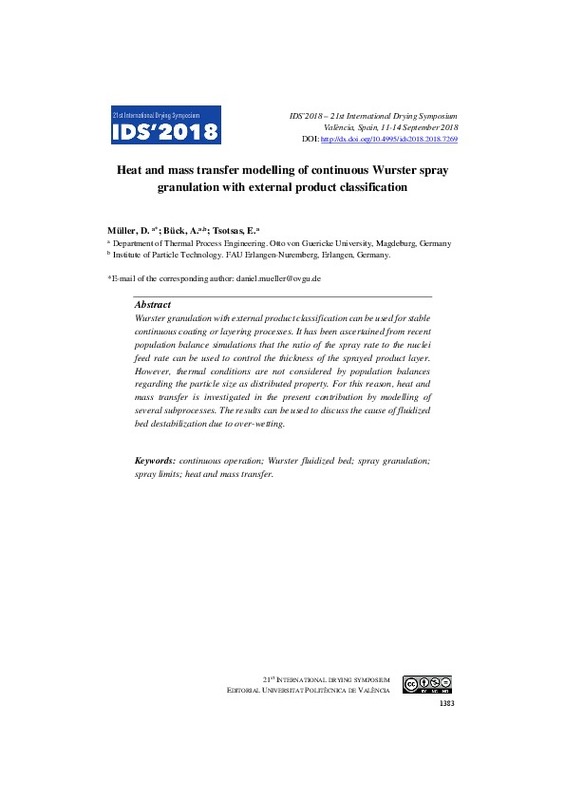JavaScript is disabled for your browser. Some features of this site may not work without it.
Buscar en RiuNet
Listar
Mi cuenta
Estadísticas
Ayuda RiuNet
Admin. UPV
Combination of Visualization Techniques for the Analysis of Evaporating Diesel Sprays
Mostrar el registro sencillo del ítem
Ficheros en el ítem
| dc.contributor.author | Payri, Raul
|
es_ES |
| dc.contributor.author | Salvador, F.J.
|
es_ES |
| dc.contributor.author | García Martínez, Antonio
|
es_ES |
| dc.contributor.author | Gil, A.
|
es_ES |
| dc.date.accessioned | 2015-04-29T11:52:10Z | |
| dc.date.issued | 2012-07 | |
| dc.identifier.issn | 0887-0624 | |
| dc.identifier.uri | http://hdl.handle.net/10251/49464 | |
| dc.description.abstract | [EN] Evaporating diesel sprays from three different multi-hole nozzles have been studied by means of three different and complementary techniques: Mie scattering, double-pass schlieren, and CH radical chemiluminescence. These three kinds of measurements provided valuable information that has allowed us to shed light on the influence of nozzle geometry on the air-fuel mixing and evaporation processes. For this purpose, three six-hole sac nozzles, with different orifice degrees of conicity have been used. These nozzles had been geometrically and hydraulically characterized in a previous publication, where important non-dimensional coefficients describing the nature of the flow have been evaluated. Injection at different pressure conditions has been carried out in an inert environment of gas to study the mixture process, avoiding window fouling by soot deposition from combustion. Studies have been carried out for three different injection pressures and four different gas densities during spray injection, representative of real engine conditions, with changing temperature and pressure in the discharge camera. Liquid-phase penetration and stabilized liquid length for all nozzles and pressure conditions have been determined with the Mie scattering technique. The cylindrical nozzle provided the highest value of the liquid length at a low injection pressure (30 MPa), because of its higher diameter and the absence of cavitation. When the two conical nozzles are compared, no clear differences have been shown between them. Because with this Mie scattering, it is not possible to follow the vapor behavior and considering constraints associated with the geometrical configuration of diesel sprays generated by the multi-hole nozzles, a double-pass schlieren technique has been used for this purpose. The combination of Mie scattering and schlieren allowed for the liquid and vapor phases to be analyzed in terms of penetration. As far as the CH radicals are concerned, these radicals are supposed to appear beyond the position of the stabilized liquid length; however, results show how first CH radical intensity is detected before liquid-phase penetration reaches the stabilized value. When CH radical apparition delays from the start of the injection between all of the nozzles and for all injection conditions are compared, in overall terms, conical nozzles present less delay than cylindrical nozzles. This means that the air-fuel mixing process is more effective in the case of conical nozzles. Thus, the analysis of all of the results made it possible to link the nozzle geometry, fuel-air mixture, spray evaporation, and incipient combustion. © 2012 American Chemical Society. | es_ES |
| dc.description.sponsorship | This work was partly sponsored by "Vicerrectorado de Investigacion, Desarrollo e Innovacion" of the "Universitat Politecnica de Valencia" in the frame of Project "Estudio del Flujo en Toberas de Inyeccion Diesel Mediante Tecnicas LES (LESFLOWGRID)", Reference 2837, and "Ministerio de Ciencia e Innovacion" in the frame of Project "Estudio Teorico-Experimental sobre la Influencia del Tipo de Combustible en los Procesos de Atomizacion y Evaporacion del Chorro Diesel (PROFUEL)", Reference TRA2011-26293. This support is gratefully acknowledged by the authors. | en_EN |
| dc.language | Español | es_ES |
| dc.publisher | American Chemical Society | es_ES |
| dc.relation.ispartof | Energy & Fuels | es_ES |
| dc.rights | Reserva de todos los derechos | es_ES |
| dc.subject | Air-fuel mixing | es_ES |
| dc.subject | CH radicals | es_ES |
| dc.subject | Changing temperature | es_ES |
| dc.subject | Conical nozzle | es_ES |
| dc.subject | Conicity | es_ES |
| dc.subject | Diesel spray | es_ES |
| dc.subject | Double pass | es_ES |
| dc.subject | Engine conditions | es_ES |
| dc.subject | Evaporating diesel sprays | es_ES |
| dc.subject | Evaporation process | es_ES |
| dc.subject | Fuel-air mixtures | es_ES |
| dc.subject | Gas density | es_ES |
| dc.subject | Geometrical configurations | es_ES |
| dc.subject | Injection conditions | es_ES |
| dc.subject | Injection pressures | es_ES |
| dc.subject | Liquid Phase | es_ES |
| dc.subject | Low injection pressure | es_ES |
| dc.subject | Mie scattering | es_ES |
| dc.subject | Nozzle geometries | es_ES |
| dc.subject | Pressure conditions | es_ES |
| dc.subject | Schlieren techniques | es_ES |
| dc.subject | Soot deposition | es_ES |
| dc.subject | Spray evaporation | es_ES |
| dc.subject | Spray injection | es_ES |
| dc.subject | Vapor phasis | es_ES |
| dc.subject | Visualization technique | es_ES |
| dc.subject | Brillouin scattering | es_ES |
| dc.subject | Combustion | es_ES |
| dc.subject | Evaporation | es_ES |
| dc.subject | Fuels | es_ES |
| dc.subject | Geometry | es_ES |
| dc.subject | Inert gases | es_ES |
| dc.subject | Liquids | es_ES |
| dc.subject | Mixing | es_ES |
| dc.subject | Phase transitions | es_ES |
| dc.subject | Vapors | es_ES |
| dc.subject | Spray nozzles | es_ES |
| dc.subject.classification | INGENIERIA AEROESPACIAL | es_ES |
| dc.subject.classification | MAQUINAS Y MOTORES TERMICOS | es_ES |
| dc.title | Combination of Visualization Techniques for the Analysis of Evaporating Diesel Sprays | es_ES |
| dc.type | Artículo | es_ES |
| dc.embargo.lift | 10000-01-01 | |
| dc.embargo.terms | forever | es_ES |
| dc.identifier.doi | 10.1021/ef3008823 | |
| dc.relation.projectID | info:eu-repo/grantAgreement/UPV//2837/ES/Estudio del Flujo en Toberas de Inyeccion Diesel Mediante Tecnicas LES/LESFLOWGRID/ | es_ES |
| dc.relation.projectID | info:eu-repo/grantAgreement/MICINN//TRA2011-26293/ES/ESTUDIO TEORICO-EXPERIMENTAL SOBRE LA INFLUENCIA DEL TIPO DE COMBUSTIBLE EN LOS PROCESOS DE ATOMIZACION Y EVAPORACION DEL CHORRO DIESEL/ | es_ES |
| dc.rights.accessRights | Cerrado | es_ES |
| dc.contributor.affiliation | Universitat Politècnica de València. Departamento de Máquinas y Motores Térmicos - Departament de Màquines i Motors Tèrmics | es_ES |
| dc.description.bibliographicCitation | Payri, R.; Salvador, F.; García Martínez, A.; Gil, A. (2012). Combination of Visualization Techniques for the Analysis of Evaporating Diesel Sprays. Energy & Fuels. 26:5481-5490. https://doi.org/10.1021/ef3008823 | es_ES |
| dc.description.accrualMethod | S | es_ES |
| dc.relation.publisherversion | http://dx.doi.org/10.1021/ef3008823 | es_ES |
| dc.description.upvformatpinicio | 5481 | es_ES |
| dc.description.upvformatpfin | 5490 | es_ES |
| dc.type.version | info:eu-repo/semantics/publishedVersion | es_ES |
| dc.description.volume | 26 | es_ES |
| dc.relation.senia | 230161 | |
| dc.identifier.eissn | 1520-5029 | |
| dc.contributor.funder | Ministerio de Ciencia e Innovación | |
| dc.contributor.funder | Universitat Politècnica de València |






![[Cerrado]](/themes/UPV/images/candado.png)




